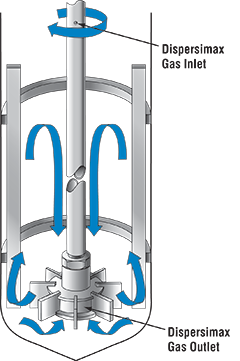FEATURES
- Reactants:
Liquid/Solids, Gas/Liquid/Solids, Vapor/Liquid/Solids
- Typical Reactions:
Liquefaction, isomerization, polymerization, hydrogenation, oxidation, hydro-treating, catalyst testing.
- Standard Reactor Volume:
1.83 in.3 (30 cm3) to 244 in.3 (4,000 cm3)
- Common Customizations:
Special materials, windows (video camera view ports and/or spectro-scopic windows), non-standard capacity, non-standard vessel diameter
and length, MagneDrive® with higher torque rating, welded heattransfer jacket for high pressure/temperature heat transfer fluid system, complete intrinsically safe barrier, control system, and special vessel lift mechanism. ASME code stamp, CE mark for Pressure Equipment Directive, and CRN.
- Standard Material:
316 Stainless Steel and HASTELLOY® C-276
- Standard Agitator Speed
1,000 to 3,300 RPM
- Maximum Allowable Working Pressure/Temperature Combinations:
See "Product Literature" above for Design specifications.
BENEFITS
Corrosion resistant gradientless reactor is basic equipment for advancing the science of gas phase, solid phase, heterogeneous catalyst technology.
This high pressure laboratory apparatus can be used for diverse supported and selective catalyst research, including catalyst screening, catalyst characterization, and surface chemistry studies. The leak-free metal gasket design provides bench-scale catalytic synthesis capability for scientific experimentation.
|

